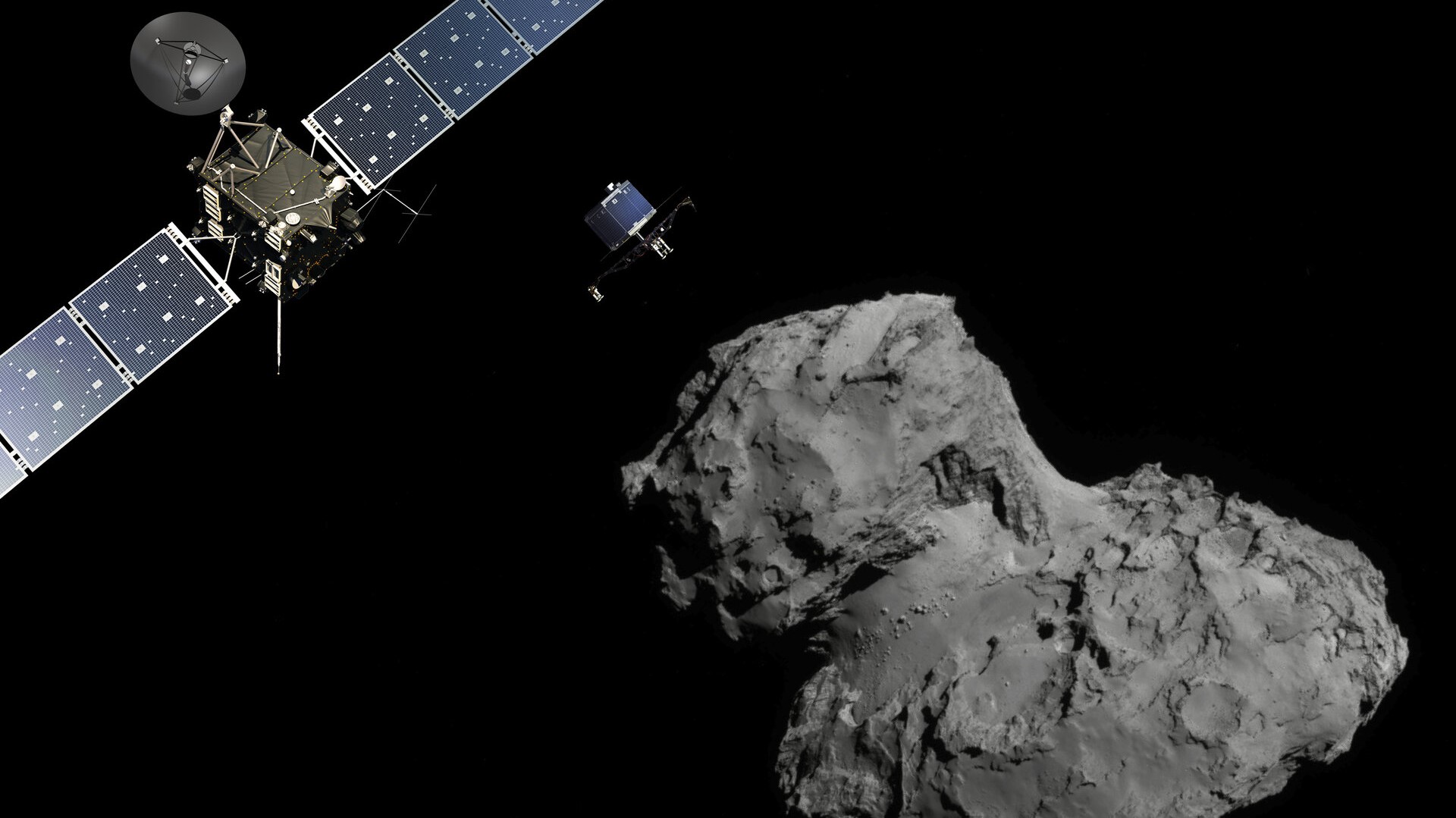How ordinary spacecraft sensors could improve our understanding of space weather
Valuable data is always recorded in engineering sensors onboard all spacecraft.

Though our sun frequently blasts out radiation in all directions and at light-like speeds, studying this star requires precise instruments onboard just a handful of spacecraft dedicated to the effort. However, scientists have now identified an innovative way to retrieve solar data — most every type of spacecraft holds a specific sensor, they say, and this mundane instrument may be hiding a wealth of important solar data.
We just have to unlock the scientific treasure troves.
Among the many sensors onboard spacecraft, one responsible for housekeeping data about instruments and payload health also happens to record valuable data when charged particles emanating from the sun strike the spacecraft. It's also responsible for detecting impacts from meteorites. And, according to new research, it's this data that can be used to better understand how space weather affects spacecraft.
"Spacecraft are launched with instruments, payloads, and it's thought 'great — it will do science with that,' but a spacecraft is so much more," Beatriz Sanchez-Cano, who is a planetary scientist at University of Leicester in England and the lead author of the new study, said in a statement.
Related: Powerful sun storm knocks out radio transmissions across North America
The sensor, known as the error detection and correction (EDAC) memory counter, is essentially a piece of code that protects spacecraft computers from getting corrupted. Mainly, it protects these computers' memories by correcting data every time charged particles from the sun strike the spacecraft and lead to errors that need rectifying.
But because the frequency of those error corrections spike when solar flares hit the spacecraft, scientists believe resulting data about these impacts could be used to monitor space weather.
Breaking space news, the latest updates on rocket launches, skywatching events and more!
"Engineering data like this has always been vital when flying missions through deep space, but it's exciting to know decades worth of this information can also be used to build a scientific picture of the solar system," Simon Wood, who is the spacecraft operations engineer for Mars Express and an author of the new study, said in the statement.
"It's why we never throw anything away — you don't know what secrets are being stored in the data beamed down from space," he added.
In the new study, researchers extracted two decades worth of data recorded in the EDAC memory counters onboard seven spacecraft launched and operated by the European Space Agency (ESA).
All seven crafts explore the inner solar system, including the Solar Orbiter that's been studying the sun's poles since 2020, the star-mapping Gaia spacecraft, BepiColombo, which launched in 2018 and is now on its way to Mercury, and Venus Express, which arrived at our sister planet in 2006 and lasted until 2014.
Beyond Earth, the study analyzed data from two Red Planet orbiters, ExoMars and Mars Express, in addition to Rosetta, which plunged into a comet after studying the object for two years.
Although none of these spacecraft are designed to study solar radiation per se, their EDAC memory counters recorded each time a charged particle hit the spacecraft, providing years of archival data that is difficult and expensive to collect otherwise.
This includes a solar storm the sun unleashed in March 2012, which is one of the largest of its kind to strike Mars and Venus, recorded as such in instruments onboard Mars Express and Venus Express orbiters.
Because of the storm, a device on the latter that helps orient it using a camera went blind for five days, the researchers write in the new study. The EDAC memory counter onboard the Mars Express spacecraft, despite being the oldest among the seven analyzed in this study, turned out to be so sensitive it felt almost every strike from solar particles.
Researchers say these memory counters are onboard all spacecraft, so similar studies involving a network of spacecraft throughout the solar system could paint a more comprehensive picture of how solar particles behave.
However, they caution that extracting data from memory counters is a somewhat painstaking effort, because how the sensors respond to errors is not the same for all spacecraft due to different designs. Different sensors can also exhibit different amounts of shielding and react in various ways based on specific materials installed on them.
Also, as the parameters explaining the data from such sensors is not universal, "dedicated help from operations and engineering staff of each mission is needed," the authors write in the study. Nonetheless, the study itself significantly increases the resources required to understand what's been recorded by spacecraft thus far.
The new paper was published in July in the journal Space Weather.

Sharmila Kuthunur is an independent space journalist based in Bengaluru, India. Her work has also appeared in Scientific American, Science, Astronomy and Live Science, among other publications. She holds a master's degree in journalism from Northeastern University in Boston.
